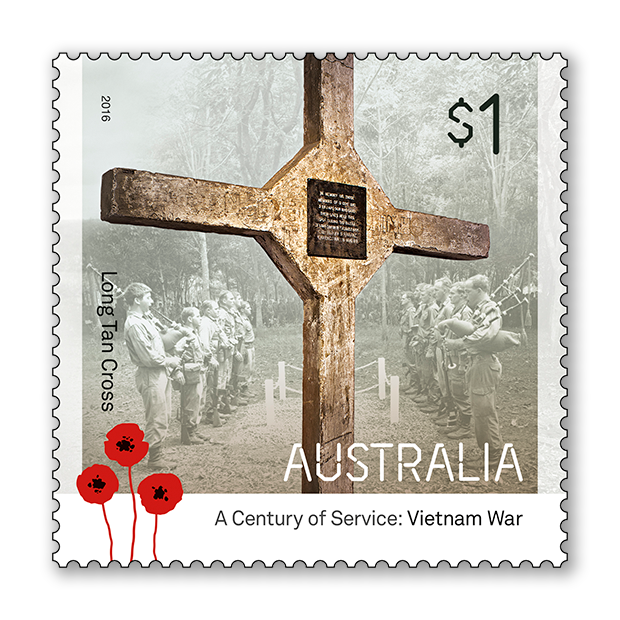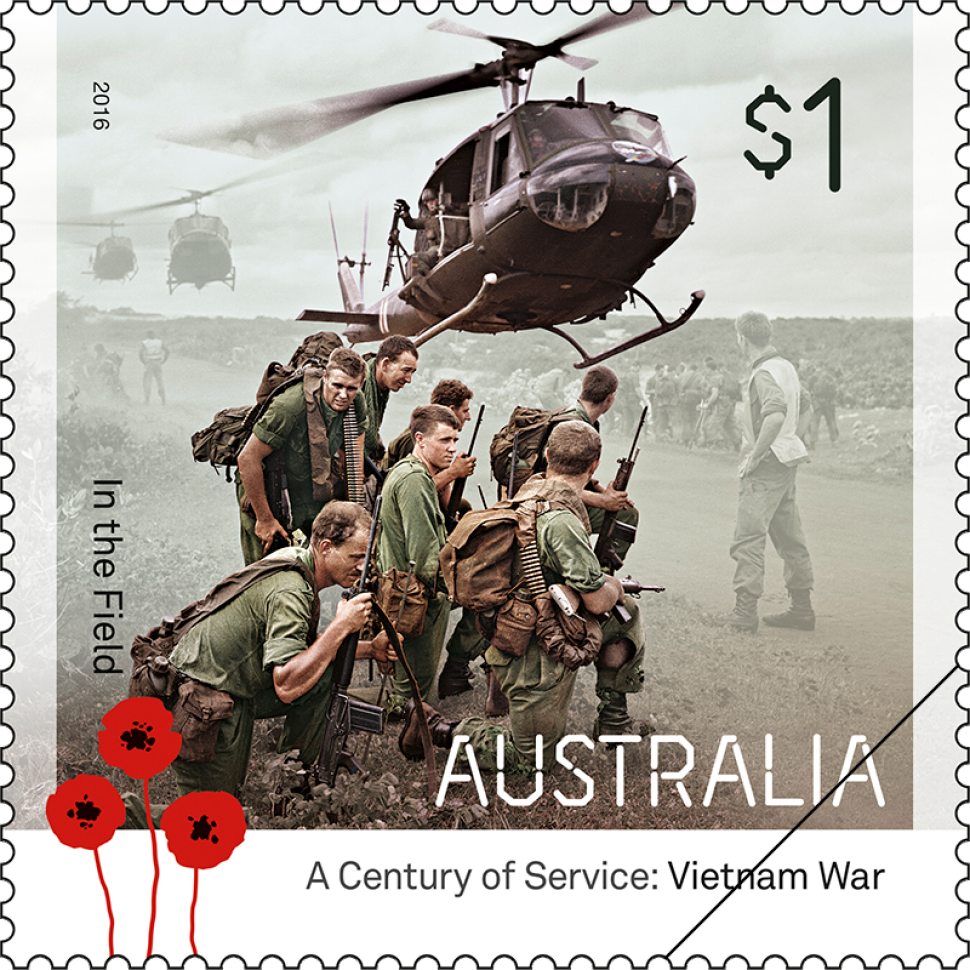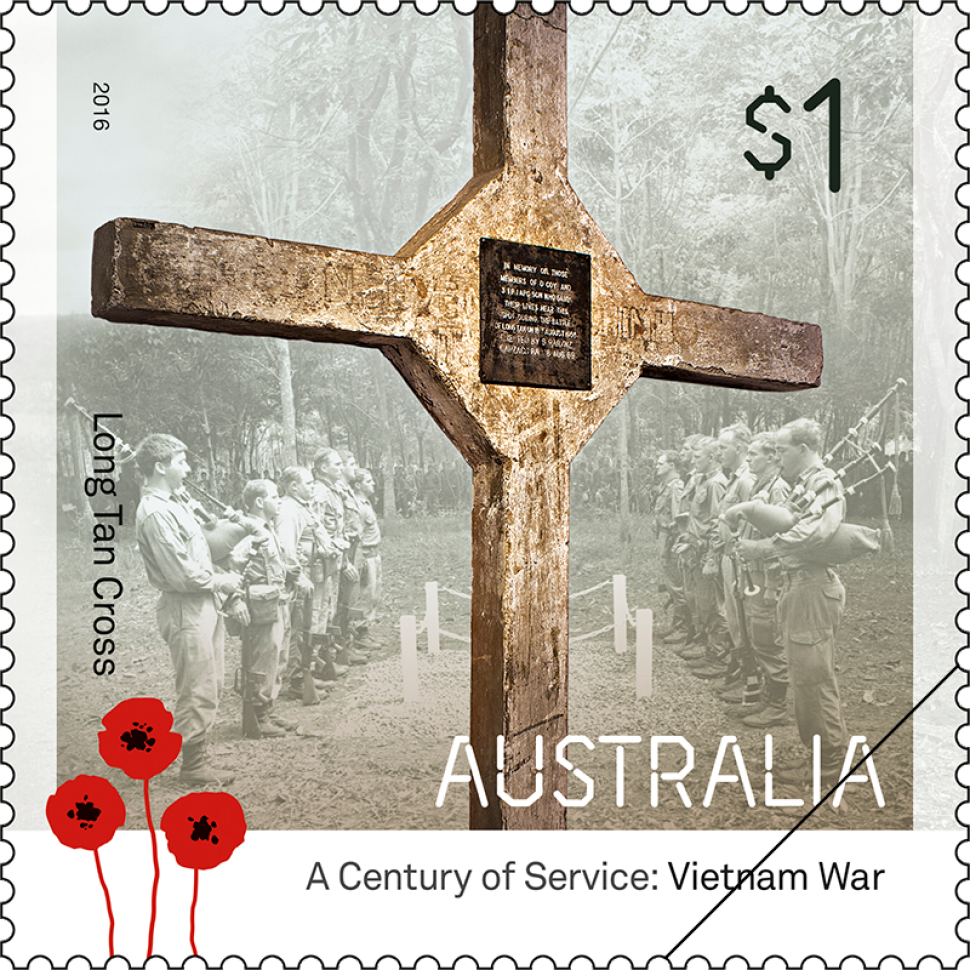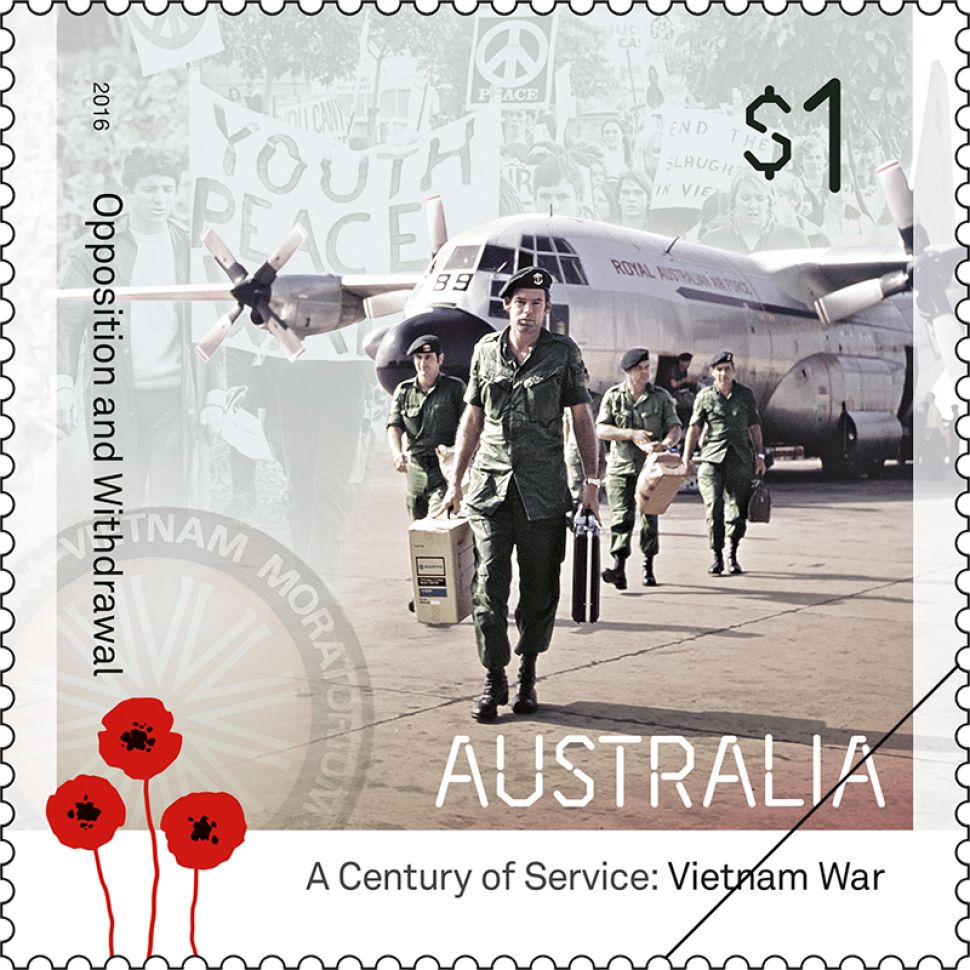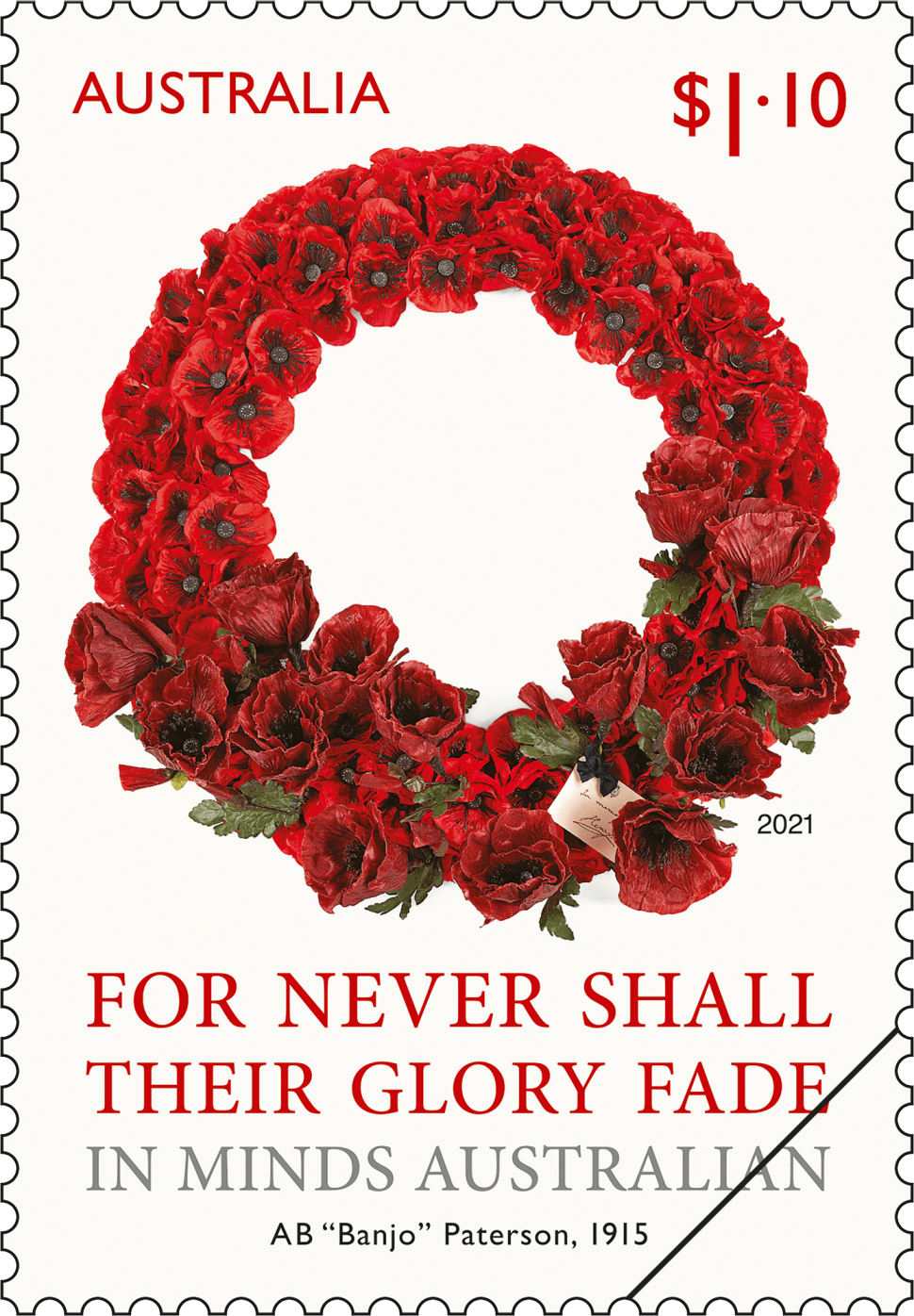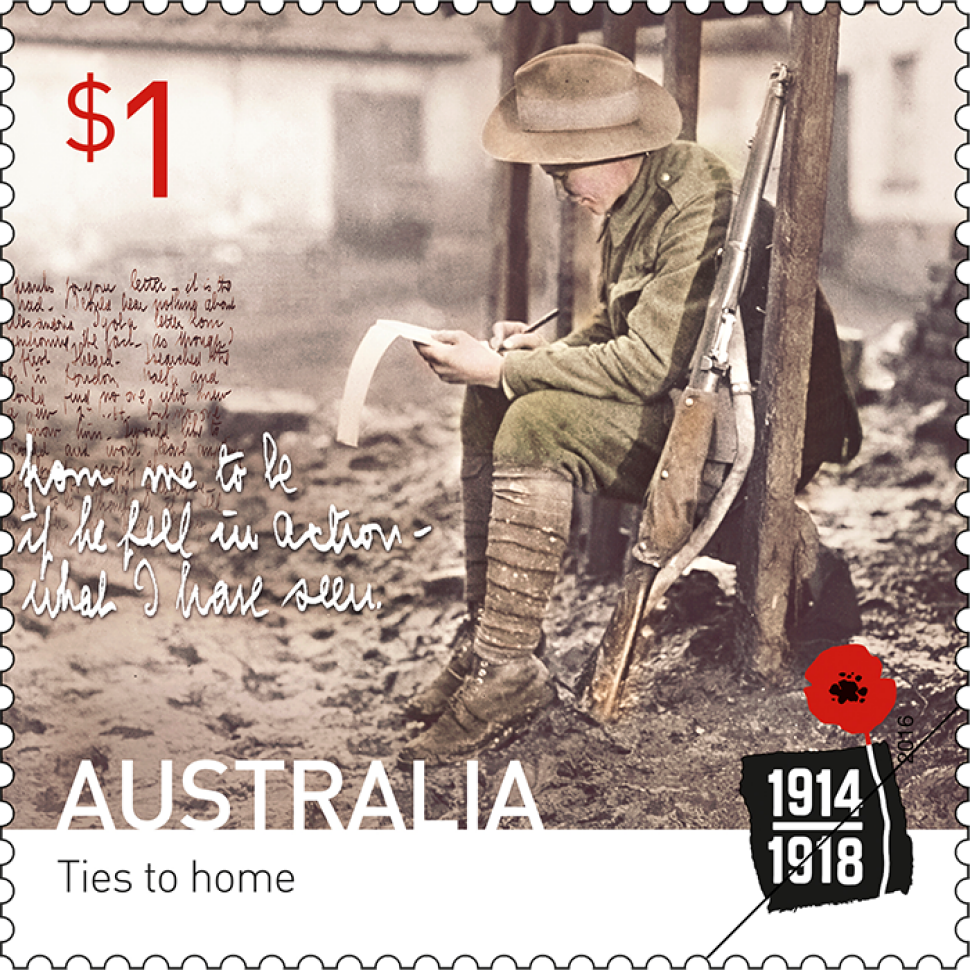The Vietnam War (1955–75) was fought between communist North Vietnam, which sought to unify the country after the partition that resulted from the First Indochina War (1946–54), and South Vietnam, which was backed by anti-communist USA. While Australia didn’t enter the war until 1962, it was to become our longest conflict of the 20th century.
The Century of Service: Vietnam War stamp issue, released on 11 October 2016, commemorates Australia’s involvement in the Vietnam War and is the third in a series focusing on conflicts since World War I.
Despite years of bloody conflict, causing the death and displacement of millions of Vietnamese people, the USA and its allies were unable to counter the guerilla tactics of the pro-Communist National Liberation Front or Viet Cong. Finally, on 30 April 1975, South Vietnam fell to North Vietnamese forces.
Almost 60,000 Australians, including ground troops and air force and navy personnel served in Vietnam. 521 Australian servicemen died and over 3,000 were wounded. The National Service Scheme was widely opposed and caused thousands to take to the streets of major cities in moratorium marches. Tragically, on their return, far from receiving a hero’s welcome, many soldiers were reviled for their participation in this most unpopular war.
The five commemorative stamps focus on a different aspect of the war, including the home front and the aftermath.
The Century of Service: Vietnam War stamp issue is available from 11 October 2016 online, at participating Post Offices, and via mail order on 1800 331 794, while stocks last.
Technical specifications
- Issue date
- 11 October 2016
- Issue withdrawal date
- 30 April 2017
- Denominations
- 5 x $1
- Stamp design
- Andrew Hogg Design
- Product design
- Andrew Hogg Design
- Printer
- McKellar Renown
- Paper - gummed
- Tullis Russell Red Phos
- Paper - self-adhesive
- Avery B100
- Printing process
- Offset lithography
- Stamp size
- 35mm x 35mm
- Minisheet size
- 170mm x 80mm
- Perforations
- 14.28 x 14.28
- Sheet layout
- Module of 50 with designs
- FDI postmark
- Canberra ACT 2601
- FDI withdrawal date
- 8 November 2016
In 1962 Australia sent 30 military advisers to help the USA and its allies in Vietnam. In 1965 Australia sent a battalion and in 1966, a task force. Troops were withdrawn in 1971, with the latest arriving home in March, 1972. A limited number of Australian personnel remained in Vietnam, and elements of the RAAF returned in 1975, carrying out evacuations and assisting refugees, before finally evacuating embassy staff on 25 April 1975.
This stamp features a well-known photograph of Australian servicemen in the field. It was taken by Michael Coleridge on 26 August 1967 and shows members of 5 Platoon, B Company, 7th Battalion, the Royal Australian Regiment (7RAR), just north of the village of Phuoc Hai, beside the road leading to Dat Do. United States Army Iroquois helicopters are landing to take them back to Nui Dat after completion of Operation Ulmarra, the cordon and search by 7RAR of the village of Phuoc Hai. Operation Ulmarra was part of Operation Atherton, conducted by 2RAR /NZ (Anzac) (The Anzac Battalion comprising 2nd Battalion, The Royal Australian Regiment and a component from the 1st Battalion, Royal New Zealand Infantry Regiment) and 7RAR. This iconic image is etched on the Vietnam memorial on Anzac Parade, Canberra, which was dedicated in October 1992. The photo forms part of the Australian War Memorial collection.
This year marks the 50th anniversary of the Battle of Long Tan, which occurred in a rubber plantation in Phuoc Tuy Province, South Vietnam, on 18 August 1966 and was one of the most significant conflicts of the Vietnam War. It was a decisive victory for the soldiers of the 1st Australian Task Force, who were outnumbered by the Viet Cong and North Vietnamese units by 108 to between 1,500 and 2,500. Eighteen Australians lost their lives and 24 were wounded. An estimated 245 Viet Cong soldiers were killed.
In the foreground of the stamp is a photograph of the Long Tan Cross. This memorial was erected by the 6th Battalion, Royal Australian Regiment on 18 August 1969 to mark the site of the Battle of Long Tan. The cross was removed following the Communist victory in 1975, but was recovered and in 1984 was placed on display in the Dong Nai Province Museum. The cross weighs over 100 kilograms and stands just under two metres in height. A replica memorial cross was erected on the battlefield in the 1980s.
The background photograph was taken by photojournalist Denis Stanley Gibbons AM during the dedication ceremony on 18 August 1969. In attendance were members of D Company, 6th Battalion RAR. The photograph is part of the Australian War Memorial collection.
Australian troops undertook civil action during the war including medical and dental aid, construction work, agricultural assistance and education to the Vietnamese people. Part of the Australian military’s strategy was to “win the hearts and minds” of the South Vietnamese villagers who assisted the Vietcong with food and shelter. Australian army personnel visited about 15 villages each week. They distributed clothing and household goods, provided health and dental care, constructed windmills, water reticulation schemes, school and community buildings, and set up agricultural and animal husbandry ventures. They also conducted English language lessons and sports activities. The army delivered some 253 aid projects between 1967 and 1971.
The main image in the stamp was taken by Philip John Errington at Binh Ba, South Vietnam in February 1971. It shows Corporal Paul Hanley, a medic with the Mobile Advisory and Training Team (MATT) treating the infected foot of a Vietnamese child. In order to boost morale many Australian entertainers performed for the troops in Vietnam. The background photograph of popular television personality Patti McGrath shows her entertaining troops of the 1st Australian Task Force near the Task Force airstrip in 1967. Both photographs are from the Australian War Memorial.
The National Service Scheme, in which many young Australian men were called up for compulsory combat duty in Vietnam, was widely opposed. By 1970 and 1971 our involvement in the war was the cause of widespread social and political dissent, with hundreds of thousands taking to the streets of major cities in moratorium marches. Increasingly, it was apparent this was a war that could not be won. In August 1971 Prime Minister McMahon announced that troops would be withdrawn at the end of the year. Some logistics personnel and the last Caribou aircraft left early in 1972. Australia’s participation in active combat was over.
The stamp depicts members of the Australian Army Training Team Vietnam (AATTV) walking across the tarmac on 18 December 1972 after their withdrawal from Vietnam. Also shown is the Vietnam Campaign Medal, awarded by the South Vietnamese government to foreign military personnel for service in Vietnam, in a photograph from the Museum Victoria Collection. The background photograph, taken by Tony Linsen, shows a youth peace protest against the Vietnam War on the streets of Sydney, 9 May 1970.
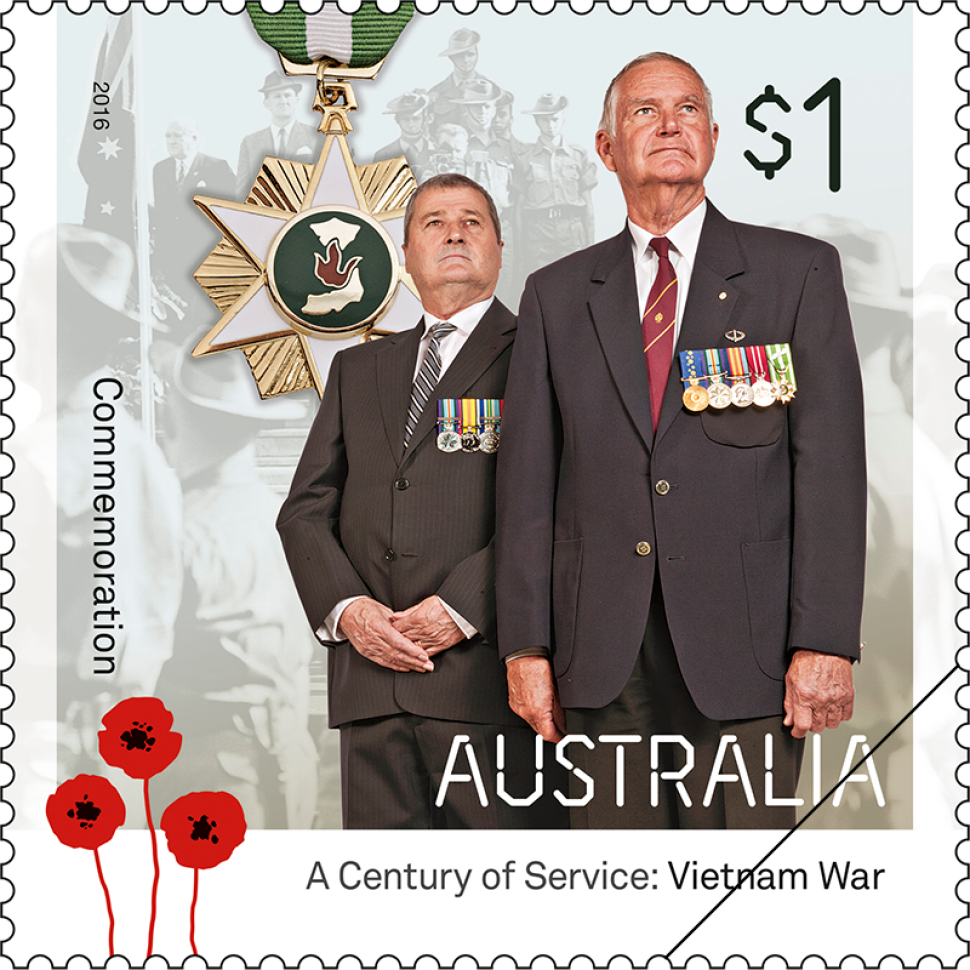
For decades many Vietnam veterans felt vilified by the Australian public for their participation in the war. However, in recent years there has been increasing acknowledgement and respect for their brave service and sacrifice. Vietnam Veterans' Day, celebrated every year on 18 August throughout Australia, commemorates the Battle of Long Tan and all those who served during the Vietnam War.
The stamp depicts two proud Vietnam veterans, in a photograph by Michael Laurie. On the right is John Methven OAM, former National President of the Vietnam Veterans Association of Australia, who served with 7 Battalion RAR in 1967–8. On the left is Doug Arnold, who joined the Royal Australian Navy in 1967 at the age of 17. He served in Vietnam as Ordinary Seaman on the HMAS Yarra and on HMAS Parramatta as an Able Seaman Marine Engineer.
The photograph in the background, by Stuart McGladrie, shows Australian servicemen marching through Sydney in 1966 following their return from active duty in Vietnam.
This content was produced at the time of the stamp issue release date and will not be updated.

